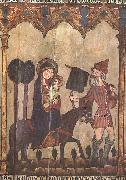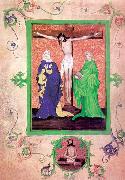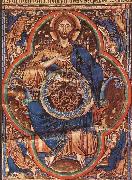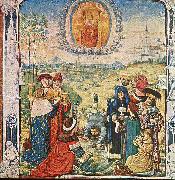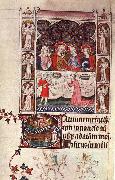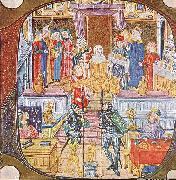Oil Paintings, Painted by Talent Swedish Artists.
|
|||||||||
| Artista: unknow artist | |||||||||

| |||||||||
|
|
|||||||||
|
|
|||||||||
| Artista: unknow artist | |||||||||

| |||||||||
|
|
|||||||||
|
|
|||||||||
| Artista: unknow artist | |||||||||

| |||||||||
|
|
|||||||||
|
|
|||||||||
| Artista: unknow artist | |||||||||

| |||||||||
|
|
|||||||||
|
|
|||||||||
| Artista: unknow artist | |||||||||

| |||||||||
|
|
|||||||||
|
|
|||||||||
| Artista: unknow artist | |||||||||

| |||||||||
|
|
|||||||||
|
|
|||||||||
| Artista: unknow artist | |||||||||

| |||||||||
|
|
|||||||||
|
|
|||||||||
| Artista: unknow artist | |||||||||

| |||||||||
|
|
|||||||||
|
|
|||||||||
| Artista: unknow artist | |||||||||

| |||||||||
|
|
|||||||||
|
|
|||||||||
| Artista: unknow artist | |||||||||

| |||||||||
|
|
|||||||||
|
|
|||||||||
| Artista: unknow artist | |||||||||

| |||||||||
|
|
|||||||||
|
|
|||||||||
| Artista: unknow artist | |||||||||

| |||||||||
|
|
|||||||||
|
|
|||||||||
Pinturas::. All people >> religious
(Comprar una pintura al óleo?)





